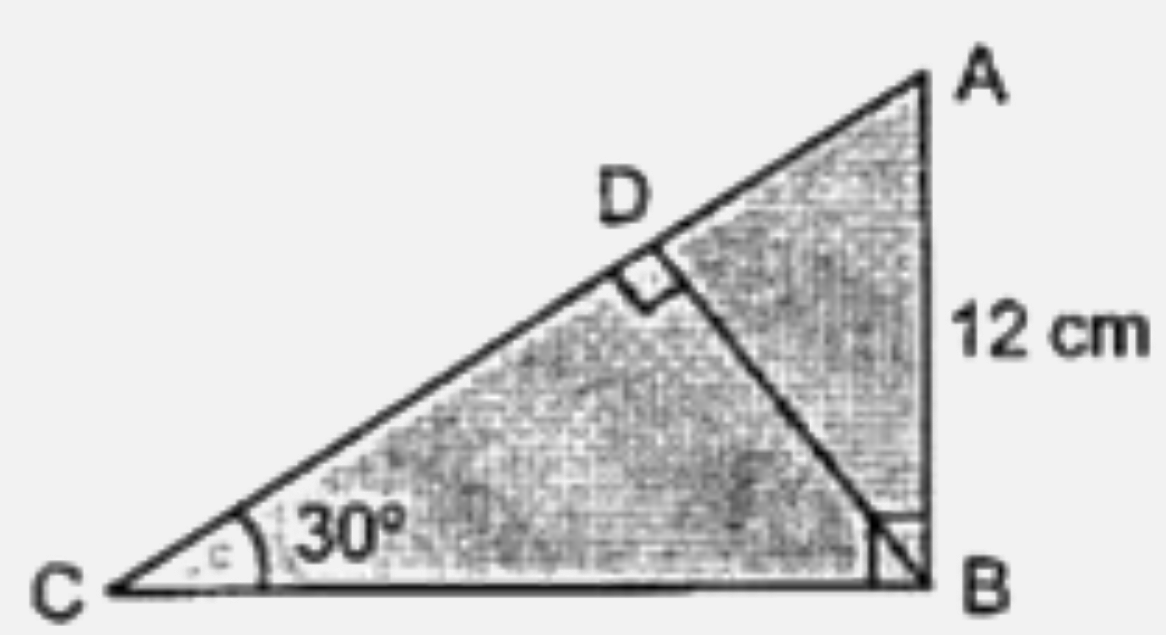The fully processed hnRNA is called as (i)____ and is transproted out of the (ii)____ into the (iii) ____ for translation.
(i)(ii)(iii)mRNAnucleuscytoplasm
(i)(ii)(iii)mRNAcytoplasmnucleus
(i)(ii)(iii)tRNAcytoplasmnucleus
(i)(ii)(iii)tRNAnucleuscytoplasm
The correct Answer is:a
To solve the question, we need to fill in the blanks regarding the processing and transportation of hnRNA (heterogeneous nuclear RNA) during gene expression. Here’s a step-by-step breakdown:
1. Understanding hnRNA: The question starts by asking about the fully processed hnRNA. hnRNA is the initial transcript that undergoes processing to become mature mRNA.
Hint: Recall that hnRNA is the precursor to mRNA and needs to be processed before it can be used for translation.
2. Identifying the Processed Form: The fully processed form of hnRNA is known as mRNA (messenger RNA). This is the form that is ready for translation into proteins.
Hint: Think about what happens to hnRNA after it undergoes splicing, capping, and polyadenylation.
3. Transporting out of the Nucleus: The question specifies where this processed RNA is transported from. The processed mRNA is transported out of the nucleus, which is the cellular compartment where transcription occurs.
Hint: Remember that the nucleus is where DNA is located and where RNA is synthesized.
4. Destination for Translation: Finally, the processed mRNA is transported into the cytoplasm. This is where translation occurs, as ribosomes in the cytoplasm read the mRNA to synthesize proteins.
Hint: Consider where ribosomes are located and where protein synthesis takes place.
5. Final Answers: Based on the above steps, we can fill in the blanks:
- (i) mRNA
- (ii) nucleus
- (iii) cytoplasm
Thus, the complete answer is:
(i) mRNA, (ii) nucleus, (iii) cytoplasm.
Summary of Answers:
- (i) mRNA
- (ii) nucleus
- (iii) cytoplasm
- (i) mRNA
- (ii) nucleus
- (iii) cytoplasm
(i) mRNA, (ii) nucleus, (iii) cytoplasm.
- (i) mRNA
- (ii) nucleus
- (iii) cytoplasm
Topper's Solved these Questions
- BOOK - NCERT FINGERTPS ENGLISHCHAPTER - MOLECULAR BASIS OF INHERITANCEEXERCISE - HOTS8videos
MOLECULAR BASIS OF INHERITANCE
- BOOK - NCERT FINGERTPS ENGLISHCHAPTER - MOLECULAR BASIS OF INHERITANCEEXERCISE - NCERT28videos
MOLECULAR BASIS OF INHERITANCE
- BOOK - NCERT FINGERTPS ENGLISHCHAPTER - MICROBES IN HUMAN WELFAREEXERCISE - Microbes In Human Welfare138videos
MICROBES IN HUMAN WELFARE
- BOOK - NCERT FINGERTPS ENGLISHCHAPTER - ORGANISMS AND POPULATIONEXERCISE - Organisms And Population175videos
ORGANISMS AND POPULATION
Similar Questions
Knowledge Check
- Question 1 - Select One
The process of conversion of soil nitrates into free N2 is called (I) and is carried out by bacteria (II).
A(I)(II)nitrificationNitrosomonasB(I)(II)denitrificationNitrobacterC(I)(II)denitrificationThiobacillusD(I)(II) N2 fixationNitrosomonas - Question 2 - Select One
The most frequently occurring number in a set of value is called
(i) mean
(ii) median
(iii) mode
(iv) rangeAmeanBmedianCmodeDrange
Complete the following paragraph by filling in the blanks (i) to (x) with appropriate words :
(i)__ is the process of transfer of (ii)___ from the anther to the stigma. The anthers of the (iii)___ produce powdery particles called (iv)____. Each pollen grain contains (v)____ that participates in reproduction. To initiate the process of formation of (vi)____ and (vi)____ the pollen grain must first reach the (viii)____ . When pollen of the same flower falls on its own stigma, it is called (ix)____, whereas when pollen of another flower of the same plant falls on the stigma, it is called (x)____.View SolutionBessemerisation is carried out for
(i) Fe (ii) Cu (iii) AI (iv) silverView SolutionA body of mass 3.5 kg displaces 1000cm3 of water when fully immersed inside it. Calculate :(i) the volume of body (ii) the upthrust on body and (iii) the apparent weight of body in water.
View SolutionPoint P(2,3) goes through following transformations in successtion:
(i) reflection in line y=x
(ii) translation of 4 units to the right
(iii) translation of 5 units up
(iv) reflection in y-axis
Find the coordinates of final position of the point .View SolutionDescribe the principle involved in each of the following processes of metallurgy :
(i) Froth floatation method
(ii) Electrolytic refining of metals
(iii) Zone refining of metalsView SolutionDefine (i) Leaf (ii) Venation (iii) Phyllotaxy
View Solution


